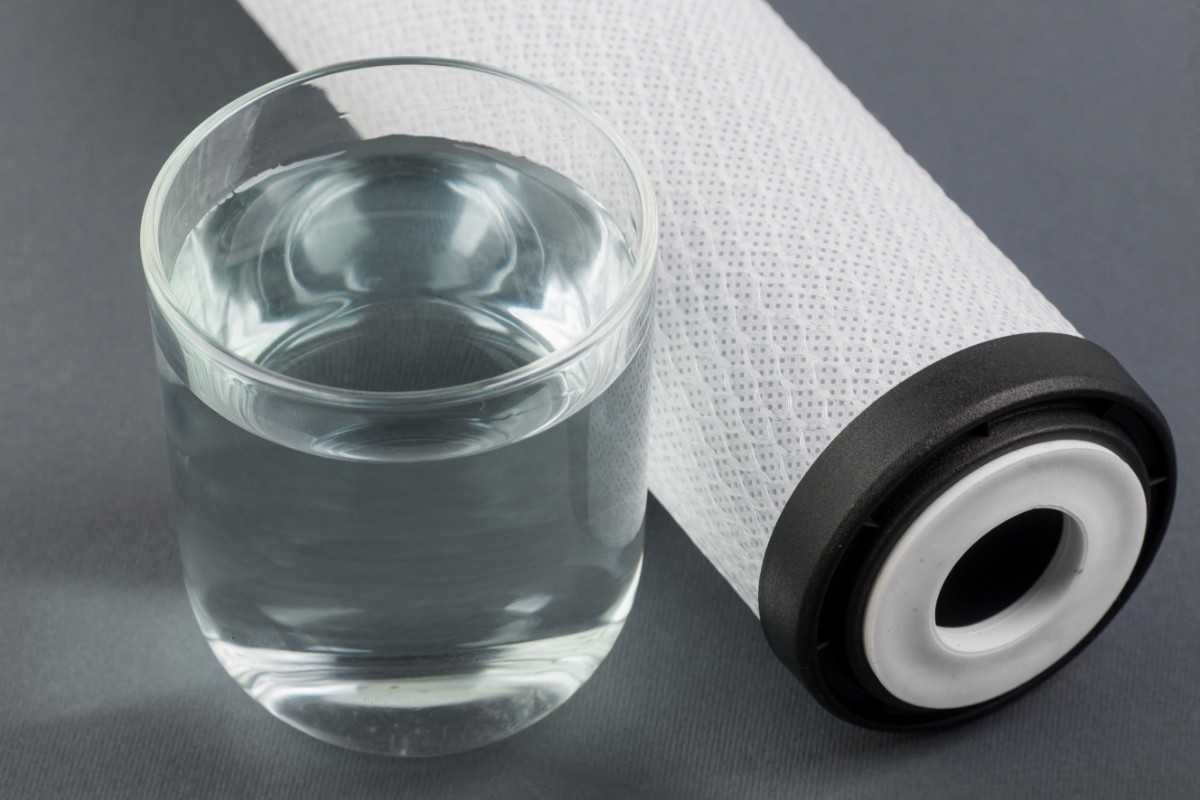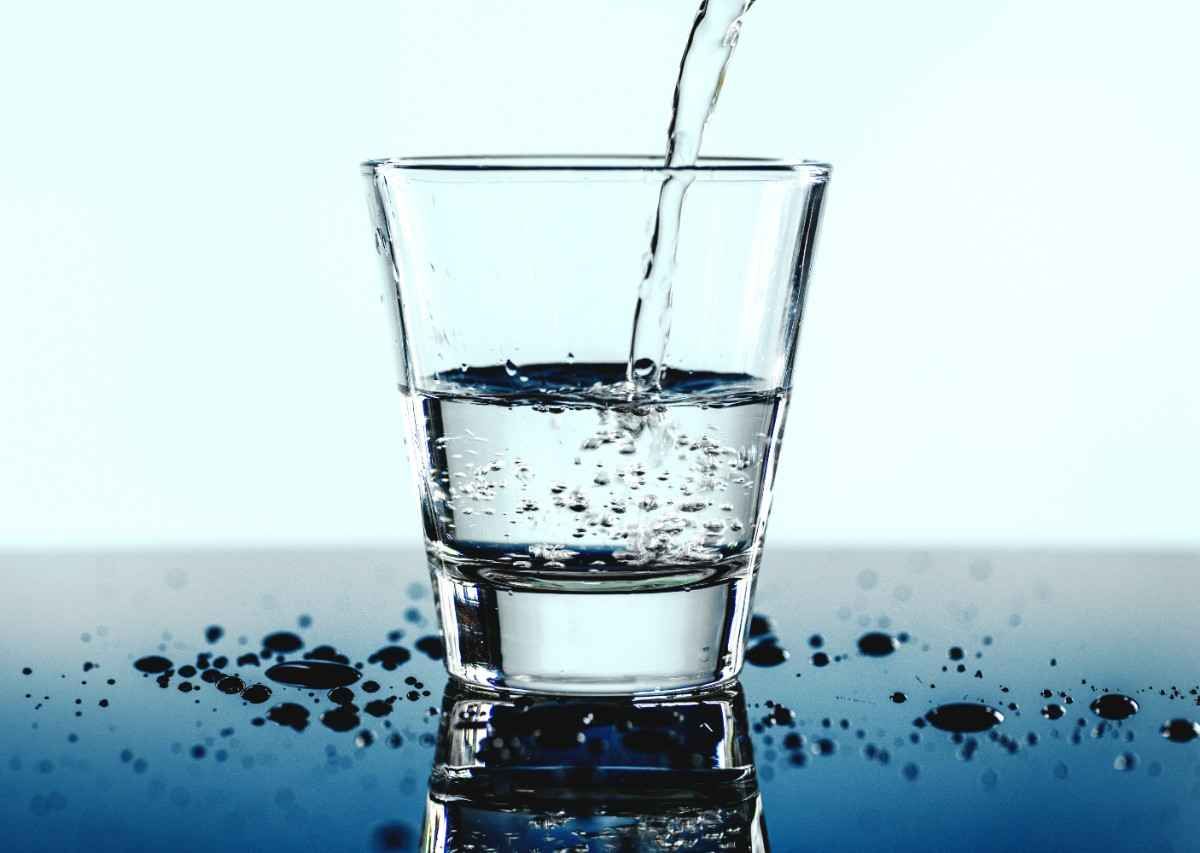Is a Reverse Osmosis Water Filter System Right for Your Home?
Pure, clean water is what everyone would like to be running from their taps. Though UK tap water complies with high levels of safety, many homeowners can still smell, taste or visualise colour specifications that will interfere with their drinking pleasure. A reverse osmosis water filter system may be the answer for you, but is it going to work for your home?
Understanding How Reverse Osmosis Works
A reverse osmosis water filter system has semi-permeable membranes to pump impurities out of your drinking water. The process operates by applying pressure to force water particles to filter through these very fine membranes, leaving behind contaminants, some of which are minerals, chemicals, and other undesired substances.
Modern systems typically have several filtration stages. Pre-filters take off bigger ones, such as sediment and chlorine, to protect the sensitive RO membrane that comes next. After the membrane, the water often has its final carbon filter for a better taste before emptying into the glass.
Water Quality Issues in UK Homes
UK water companies supply water that has to adhere to rigorous safety standards, but regional differences can mean your tap water isn’t uniform. Hard water areas have high mineral content, especially calcium and magnesium, for which engineering may not be suitable, and limescale deposits are left. Certain areas have drinking water with chlorine tastes/odours from treatment processes, which makes the water poisonous.
A reverse osmosis water filter system handles these common problems by removing up to 99% of dissolved solids, including minerals that cause hardness, chlorine, lead and other possible contaminants. The outcome is exceptionally high-quality water with a deliciously clean, neutral taste.
Space and Installation Considerations
Before deciding on a reverse osmosis water filter system, consider the space available in your home. Most UK households opt for under-sink models that connect directly to the cold water supply. These systems require adequate cabinet space, typically occupying about 30-40 cm in width and 45 cm in height.
Installation involves connecting to your water supply, fitting a dedicated tap (usually mounted on your sink or countertop), and creating a drain connection. While handy homeowners might tackle installation themselves, professional fitting ensures proper setup and compliance with UK plumbing regulations, particularly regarding backflow prevention.
Weighing the Benefits for Your Household
Families concerned about water quality find several advantages in a reverse osmosis water filter system. Clean, pure water improves the taste of beverages like tea and coffee while ensuring cooking water is free from impurities that might affect food flavour. Many users report drinking more water after installation simply because it tastes better.
Health-conscious households appreciate the removal of potential contaminants like lead from older plumbing, chlorine by-products, and other substances. Parents particularly value knowing their children's drinking water has undergone thorough filtration.
Making the Right Decision for Your Home
The ideal water filtration solution depends on your specific circumstances. A reverse osmosis water filter system makes sense for households dealing with hard water issues, concerning tap water taste, or those wanting comprehensive filtration beyond what simpler carbon filters provide.


















